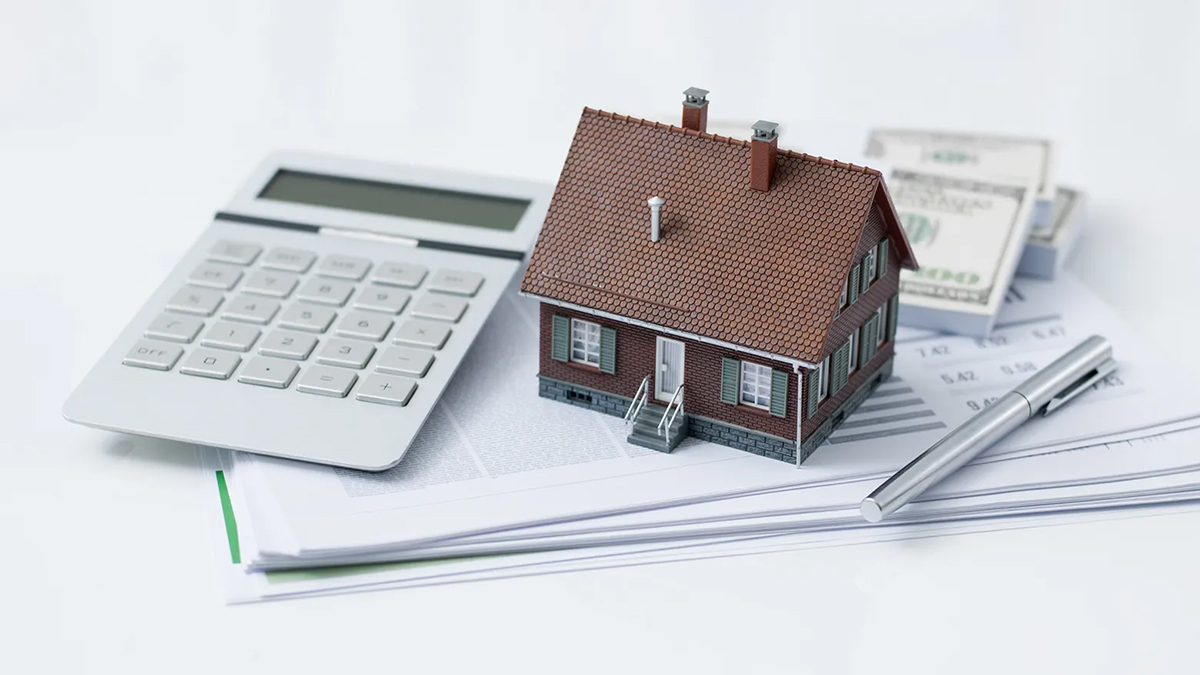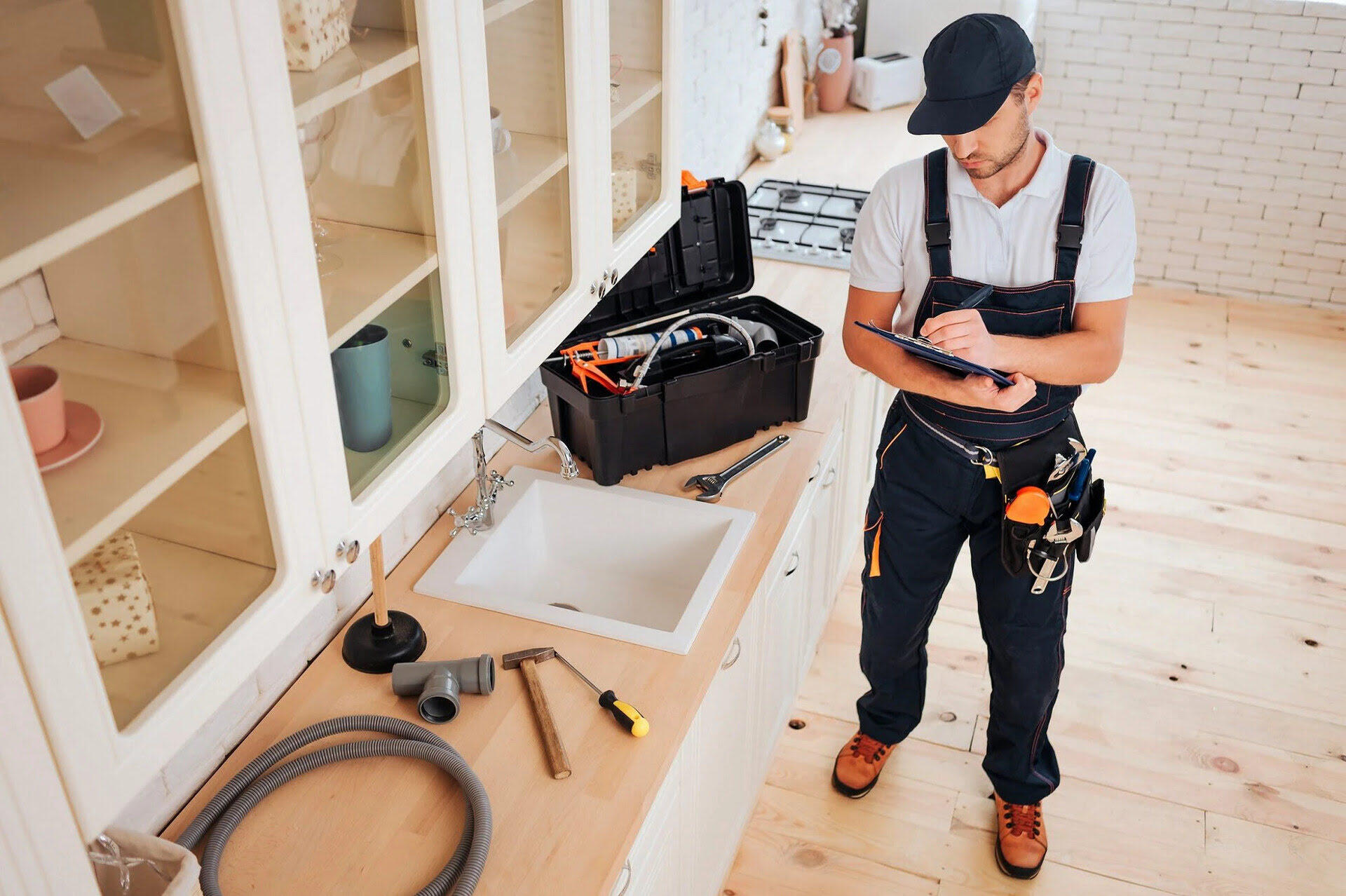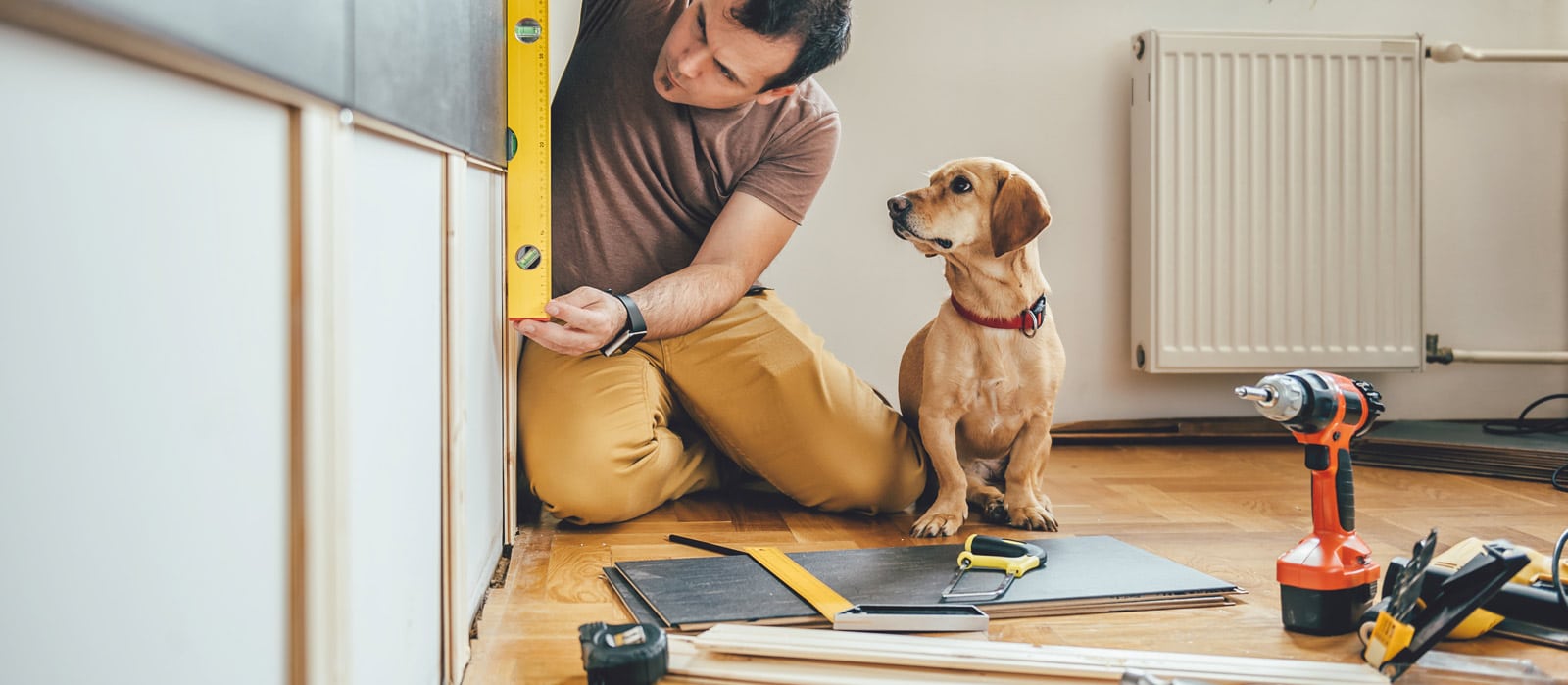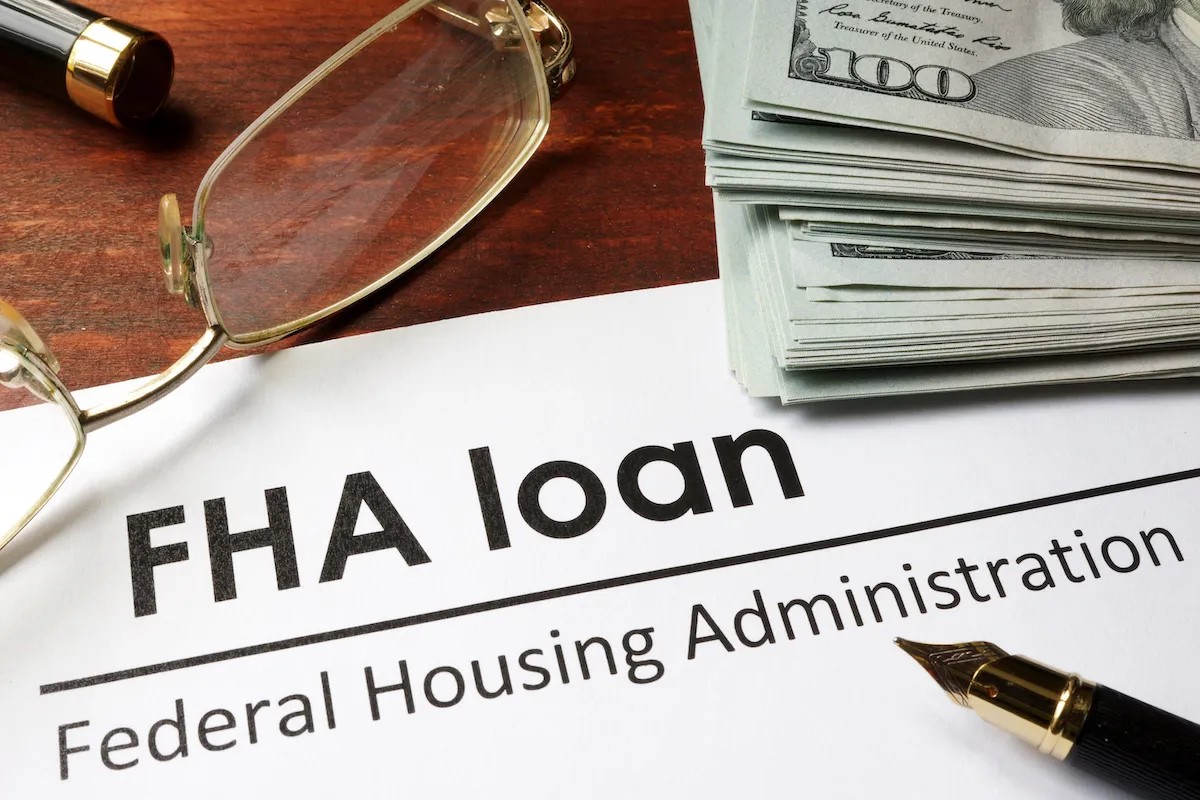Home>Renovation & DIY>Home Renovation Guides>How To Use Your Home Equity To Get A Loan For Home Improvement


Home Renovation Guides
How To Use Your Home Equity To Get A Loan For Home Improvement
Modified: October 20, 2024
Learn how to leverage your home equity to secure a loan for home improvement with our comprehensive home renovation guides. Maximize your property's value today!
(Many of the links in this article redirect to a specific reviewed product. Your purchase of these products through affiliate links helps to generate commission for Storables.com, at no extra cost. Learn more)
Introduction
Welcome to the comprehensive guide on leveraging your home equity to secure a loan for home improvement. As a homeowner, you have a valuable asset in the form of home equity, which can be utilized to fund various projects aimed at enhancing the comfort, functionality, and aesthetic appeal of your living space. Whether you’re considering a kitchen remodel, a bathroom upgrade, or a complete home renovation, tapping into your home equity can provide a practical financing solution.
In this guide, we will delve into the intricacies of home equity, explore how home equity loans function, and provide insights into the process of using home equity for home improvement projects. Additionally, we will weigh the pros and cons of leveraging home equity for this purpose, offering a balanced perspective to aid in your decision-making process. Moreover, we will discuss alternative financing options, ensuring that you have a comprehensive understanding of the choices available to you.
By the end of this guide, you will have a clear understanding of how to harness the power of your home equity to embark on your desired home improvement endeavors while making informed financial decisions. Let’s embark on this enlightening journey to unlock the potential inherent in your home equity.
Key Takeaways:
- Leveraging your home equity through a loan can help fund home improvement projects at lower interest rates, potentially increasing your property’s value. However, it’s crucial to consider the risks and explore alternative financing options.
- Exploring alternative financing options, such as personal loans, government programs, or specialized home improvement loans, empowers homeowners to make informed decisions that align with their unique circumstances and preferences.
Read more: How To Use Equity For Home Improvements
Understanding Home Equity
Home equity represents the portion of your property that you truly own, calculated as the difference between its market value and the outstanding balance on any mortgage loans secured by the property. As you make mortgage payments over time, your equity stake in the property typically increases, either through a reduction in the loan balance, an appreciation in the property’s value, or a combination of both.
Equity can be likened to a reservoir of financial value that you have built within your home. It serves as a valuable asset and can be leveraged for various purposes, including home improvements, debt consolidation, or even as a source of emergency funds. Understanding your home equity is crucial in making informed financial decisions and unlocking the potential benefits it offers.
There are several ways to access the equity in your home, with home equity loans and home equity lines of credit (HELOCs) being the most common options. These financial products allow you to borrow against the equity you have accumulated, providing a source of funding for projects or expenses while using your home as collateral.
It’s important to note that the amount of equity you can access is subject to various factors, including your credit score, the current market value of your home, and the outstanding balance on your mortgage. Lenders typically impose limits on the amount of equity that can be borrowed against, often capping the total loan-to-value ratio at 80% to mitigate risk.
By gaining a comprehensive understanding of your home equity, you can make informed decisions regarding its utilization, ensuring that you leverage this valuable asset effectively and responsibly. Now that we’ve explored the concept of home equity, let’s delve into the workings of home equity loans and how they can be utilized for home improvement purposes.
How Home Equity Loans Work
Home equity loans, also known as second mortgages, are a type of loan that allows homeowners to borrow against the equity in their property. These loans are structured as lump-sum payments, providing borrowers with a fixed amount of money that is to be repaid over a predetermined period, typically with a fixed interest rate. The repayment terms and interest rates associated with home equity loans are generally more favorable than those of personal loans or credit cards, making them an attractive financing option for homeowners.
When applying for a home equity loan, lenders assess the combined loan-to-value (CLTV) ratio, which considers the total amount of debt secured by the property in relation to its current market value. The CLTV ratio helps determine the maximum amount that can be borrowed against the equity in the home. Lenders also consider the borrower’s credit score, income, and existing debt obligations when evaluating the loan application.
Upon approval, the homeowner receives the loan amount as a lump sum, which can then be used to finance home improvement projects, consolidate high-interest debt, cover educational expenses, or address other financial needs. The borrowed funds are repaid in regular installments over the loan term, with the home serving as collateral for the loan. It’s important to note that failure to repay the loan as agreed can result in the loss of the home through foreclosure, underscoring the importance of responsible borrowing and diligent repayment.
One of the key advantages of home equity loans is their predictability, as borrowers know the exact amount of their monthly payments and the total interest costs over the life of the loan. Additionally, the interest paid on home equity loans may be tax-deductible, providing potential financial benefits for eligible borrowers.
Understanding how home equity loans function is essential for homeowners considering this financing option for home improvement projects. With a clear grasp of the workings of home equity loans, you are better equipped to make informed decisions regarding the utilization of your home equity for enhancing your living space. Now, let’s explore how you can effectively use home equity for home improvement purposes.
Using Home Equity for Home Improvement
When it comes to financing home improvement projects, leveraging your home equity can be a strategic and cost-effective approach. Whether you’re looking to renovate your kitchen, add a new bathroom, or undertake a comprehensive home makeover, utilizing your home equity can provide the necessary funds to turn your vision into reality.
By tapping into your home equity through a home equity loan or a HELOC, you can access a substantial sum of money at favorable interest rates, making it an attractive option for funding substantial home improvement endeavors. This approach allows you to address critical renovations, structural enhancements, or cosmetic upgrades without depleting your savings or resorting to high-interest credit options.
One of the key advantages of using home equity for home improvement is the potential to increase the value of your property. Well-planned and executed home improvement projects have the potential to enhance the functionality, aesthetic appeal, and overall market value of your home. Whether it’s modernizing outdated features, expanding living spaces, or improving energy efficiency, these enhancements can contribute to a more comfortable living environment while potentially boosting the resale value of your property.
Moreover, using home equity for home improvement provides the flexibility to undertake projects on your own terms, without the constraints often associated with other forms of financing. Whether you’re embarking on a phased renovation approach or tackling multiple projects simultaneously, the availability of funds through your home equity empowers you to execute your home improvement plans with confidence and financial prudence.
It’s important to approach the utilization of home equity for home improvement with careful consideration and a clear vision of your renovation goals. By aligning your funding strategy with your long-term objectives and budget, you can maximize the potential benefits of leveraging your home equity while ensuring that your home improvement projects are executed in a manner that aligns with your vision and financial well-being.
Now that we’ve explored the advantages of using home equity for home improvement, it’s essential to weigh the pros and cons of this approach to make informed decisions. Let’s delve into the potential benefits and considerations associated with leveraging home equity for home improvement purposes.
Pros and Cons of Using Home Equity for Home Improvement
When considering the utilization of home equity for home improvement, it’s essential to weigh the potential advantages and drawbacks to make informed decisions that align with your financial goals and circumstances.
Read more: How To Get A Loan To Do Home Improvements?
Pros:
- Favorable Interest Rates: Home equity loans and HELOCs often offer lower interest rates compared to other forms of borrowing, making them a cost-effective financing option for substantial home improvement projects.
- Potential Tax Benefits: The interest paid on home equity loans may be tax-deductible, providing potential financial advantages for eligible borrowers. Consult with a tax advisor to understand the specific implications for your situation.
- Increased Property Value: Well-executed home improvement projects have the potential to enhance the market value of your home, offering a tangible return on your investment when it comes to resale or refinancing.
- Flexible Utilization: Home equity funds can be used for a wide range of home improvement purposes, providing the flexibility to address critical renovations, structural enhancements, and cosmetic upgrades according to your specific needs and priorities.
- Predictable Repayment Terms: Home equity loans offer fixed repayment terms and predictable monthly payments, providing clarity and stability in managing the financial obligations associated with your home improvement projects.
Cons:
- Risk of Foreclosure: Utilizing your home as collateral for a home equity loan or HELOC entails the risk of foreclosure if you are unable to meet the repayment obligations, highlighting the importance of responsible borrowing and diligent financial management.
- Impact on Equity: Borrowing against your home equity reduces your ownership stake in the property, potentially impacting your financial flexibility and the equity available for future needs or opportunities.
- Upfront Costs and Fees: Home equity loans may involve closing costs, origination fees, and other expenses, which should be factored into the overall cost of utilizing home equity for home improvement.
- Market Fluctuations: The value of your home, which determines the available equity, is subject to market fluctuations. Economic downturns or changes in property values can affect the amount of equity accessible for borrowing.
- Long-Term Commitment: Home equity loans involve a long-term financial commitment, and failing to fulfill the repayment obligations can have serious repercussions, potentially jeopardizing your homeownership.
By carefully considering the potential benefits and considerations outlined above, you can make informed decisions regarding the utilization of your home equity for home improvement, ensuring that your financing strategy aligns with your overall financial well-being and objectives. Now, let's explore alternative financing options for home improvement projects, providing a comprehensive understanding of the choices available to homeowners.
Alternatives to Using Home Equity for Home Improvement
While leveraging home equity can be a viable option for financing home improvement projects, it’s important to explore alternative avenues to ensure that you have a comprehensive understanding of the financing options available. Consider the following alternatives when contemplating funding for your home improvement endeavors:
Personal Loans:
Personal loans offer a flexible and unsecured financing option for home improvement projects. They typically have shorter terms compared to home equity loans and may come with higher interest rates, but they don’t require collateral, making them a viable choice for smaller-scale renovations or urgent repair needs.
Government Programs and Grants:
Various government programs and grants are available to assist homeowners with financing home improvements, particularly those aimed at enhancing energy efficiency or addressing specific housing needs. Research local and federal programs to determine if you qualify for financial assistance or incentives for your home improvement initiatives.
Cash-Out Refinancing:
Cash-out refinancing involves replacing your existing mortgage with a new loan that has a higher balance, allowing you to access the difference in cash. This option enables you to tap into your home’s equity while potentially securing a lower interest rate on the overall mortgage, providing funds for home improvements while restructuring your mortgage terms.
Credit Cards:
For smaller-scale home improvement projects, utilizing credit cards with low introductory interest rates or favorable rewards programs can be a convenient option. However, it’s important to manage credit card debt responsibly and avoid high-interest balances that can become burdensome over time.
Home Improvement Loans:
Some financial institutions offer specialized home improvement loans designed to fund renovation projects. These loans may have fixed or variable interest rates and can be tailored to specific home improvement needs, providing an alternative to leveraging home equity for financing.
Savings and Budgeting:
Building a dedicated savings fund for home improvements or allocating a portion of your regular budget to gradually fund renovation projects can be a prudent approach. While it may require longer-term planning, this method avoids debt obligations and interest costs, promoting financial stability and discipline.
By exploring these alternative financing options, you can identify the most suitable approach for funding your home improvement projects based on your financial circumstances, goals, and the scale of the renovations. Each option carries distinct benefits and considerations, empowering you to make an informed decision that aligns with your unique needs and preferences.
Conclusion
Embarking on home improvement projects is an exciting endeavor that allows you to enhance the comfort, functionality, and value of your living space. As you consider the various financing options available, including leveraging your home equity, it’s essential to approach this decision with careful consideration and a comprehensive understanding of the potential implications.
By unlocking the value of your home equity through a home equity loan or a HELOC, you can access substantial funds at favorable interest rates, providing the financial means to bring your home improvement visions to fruition. This approach offers flexibility, cost-effectiveness, and the potential to increase the value of your property, aligning with your long-term homeownership goals.
However, it’s crucial to weigh the advantages and considerations associated with utilizing home equity, ensuring that your financing strategy aligns with your financial well-being and objectives. Careful assessment of the potential benefits, such as favorable interest rates, tax advantages, and increased property value, should be balanced with considerations, including the risk of foreclosure, impact on equity, and long-term financial commitments.
Exploring alternative financing avenues, such as personal loans, government programs, cash-out refinancing, and specialized home improvement loans, provides a comprehensive view of the options available, empowering you to make an informed decision that aligns with your unique circumstances and preferences.
Ultimately, the decision to use your home equity for home improvement should be rooted in a thorough understanding of your financial situation, renovation goals, and long-term homeownership plans. By approaching this decision with prudence, informed by the insights and considerations outlined in this guide, you can embark on your home improvement journey with confidence, financial clarity, and a clear vision of the value that your home equity can unlock.
Whether you choose to leverage your home equity or explore alternative financing options, your home improvement endeavors are a testament to your commitment to creating a living space that reflects your aspirations and enhances your quality of life. With a well-informed approach to financing, you can transform your vision into reality while securing the financial well-being of your homeownership.
Frequently Asked Questions about How To Use Your Home Equity To Get A Loan For Home Improvement
Was this page helpful?
At Storables.com, we guarantee accurate and reliable information. Our content, validated by Expert Board Contributors, is crafted following stringent Editorial Policies. We're committed to providing you with well-researched, expert-backed insights for all your informational needs.













0 thoughts on “How To Use Your Home Equity To Get A Loan For Home Improvement”